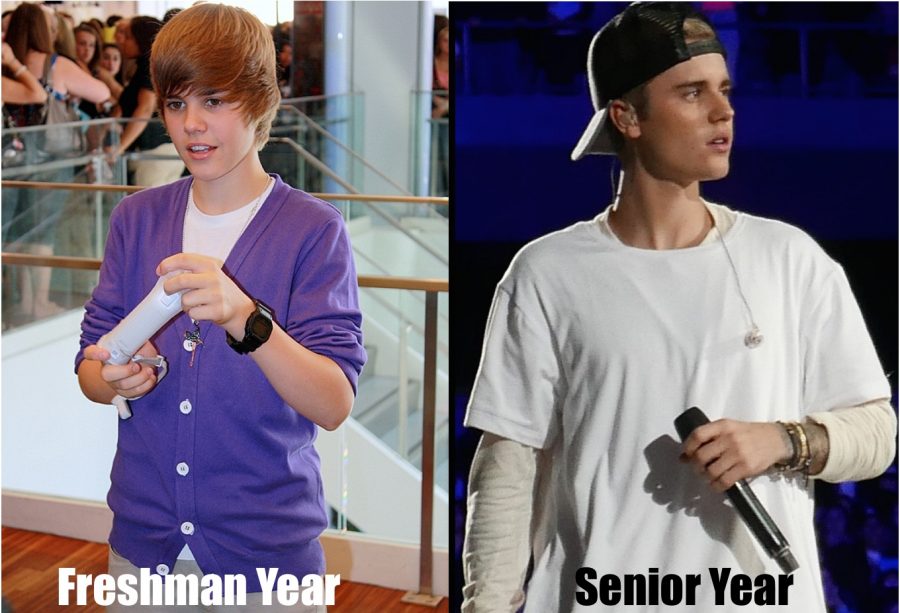Graphic by Prameela Kottapalli. Photos courtesy of Wikimedia Commons.
A meme created by Prameela Kotapalli (10). The tagging and creation of memes has spread to many Harker students through social media sites.
Upswing in meme tagging sweeps social media
October 11, 2016
In 2011, the Internet became fascinated with a three-minute, 37-second video of a pixelated cat with a pink Pop-Tart body trailed by a rainbow as it ran across the sky. Due to the “nyanyanyanya” background music, the cat—originally named “Pop-Tart Cat” by its creator, Christopher Torres—soon became “Nyan Cat” to the Internet. As the video became viral, the first modern meme was born.
Memes refer to videos, images, short pieces of text or other material that spreads virally throughout the Internet, often on social media websites such as Reddit, Facebook and Instagram. Hundreds of memes have circulated around the Internet since that day, some more popular than others.
Across multiple social media platforms such as Facebook and Instagram, there has been a recent upswing in users tagging their friends in the comment sections of public viral posts they find on their feeds, notifying the tagged friends.
“When I get tagged, it’s usually some funny stuff or some sad stuff, but I enjoy that, because it’s really relatable when I click into [it] and it’s connected somehow to some life experience that I share with my friends or some inside joke,” Facebook user Ray Song (12) said. “It used to be that something came up and people started making comments, but now it’s just a lot of tagging, so it’s not as interesting as it used to be.”
According to a Winged Post survey, 13.6% of Harker Facebook users are tagged in 10 or more memes on a weekly basis. The phenomena has spread to members of the Harker community and beyond on social media platforms.
Recent memes have become topics of heated discussion. Pepe the Frog, a meme created by Matt Furie that depicts a green frog with many different emotions, was labeled a hate symbol by the Anti-Defamation League due to its use by white supremacist groups. The Harambe meme, centering around the gorilla shot and killed at the Cincinnati Zoo in May, also triggered controversy because it was considered disrespectful.
“I think that people see a lot of other memes and are curious, or something makes them laugh or makes them think,” said Diane Main, upper school Director of Learning, Innovation and Design. “Typically, it’s latching onto something that’s usually popular culture or adapting something that’s going on in politics or something else but then having it relate to some image that may not be related.”
Memes have also gained traction on a political scale. The campaign of Democratic presidential candidate Hillary Clinton used screen grabs of memes combining the face of Pepe the Frog with Donald Trump’s hair to associate Trump with white supremacy.
Social media users have created memes of both Clinton and Trump with pictures of both candidates’ faces and text that pertains to controversies surrounding these candidates, including Clinton’s use of a private email server and Trump’s refusal to release his tax returns.
“Everyone’s doing a performance, and this is sort of a lot of the theory around social media,” said Jeremy Sarachan, chair of the Media and Communications Department at St. John Fischer’s College. “People are in this state of performance, thinking, ‘And how can I entertain people?’”
Memes can make a lasting impression on those who look at them, helping information go viral.
“A picture with the words are so much more powerful than a picture by itself or the words by itself,” Bohannon said.

